
Hibiscus is a genus of flowering plants in the mallow family, Malvaceae. The genus is quite large, comprising several hundred species that are native to warm temperate, subtropical and tropical regions throughout the world. Member species are renowned for their large, showy flowers and those species are commonly known simply as "hibiscus", or less widely known as rose mallow. Other names include hardy hibiscus, rose of sharon, and tropical hibiscus.
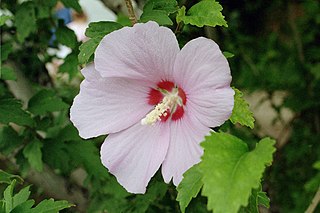
Hibiscus syriacus is a species of flowering plant in the mallow family, Malvaceae. It is native to south-central and southeast China, but widely introduced elsewhere, including much of Asia, both in the east and the west. It was given the epithet syriacus because it had been collected from gardens in Syria. Common names include the rose of Sharon,, Syrian ketmia, shrub althea, and rose mallow. It is the national flower of South Korea and is mentioned in the South Korean national anthem.

Hibiscus rosa-sinensis, known colloquially as Chinese hibiscus, China rose, Hawaiian hibiscus, rose mallow and shoeblack plant, is a species of tropical hibiscus, a flowering plant in the Hibisceae tribe of the family Malvaceae. It is widely cultivated as an ornamental plant in the tropics and subtropics, but its native range is Vanuatu.
Hawaiian hibiscus are seven species of hibiscus native to Hawaii. The yellow hibiscus is Hawaii's state flower. Most commonly grown as ornamental plants in the Hawaiian Islands are the non-native Chinese hibiscus and its numerous hybrids, though the native Hibiscus arnottianus is occasionally planted.
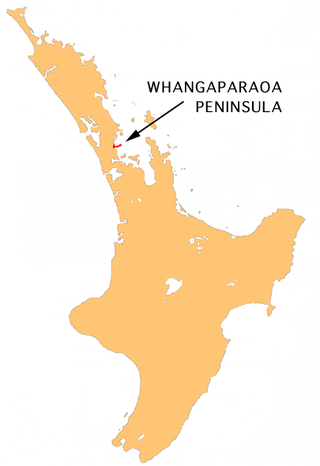
The Whangaparāoa Peninsula is a suburban area about 30–50 km north of Auckland, New Zealand. It had 33,390 residents in 2018. It stretches from Red Beach, where it connects to Kingsway, Orewa and Silverdale, and extends to Army Bay in the Hauraki Gulf. It is part of the Hibiscus Coast. The area is populated by residents who work on the peninsula, or commute from the area to other parts of the Hibiscus Coast, the North Shore, Rodney district, Auckland CBD and beyond for work. They travel by vehicle, or via the Gulf Harbour ferry at Gulf Harbour Marina, or the Hibiscus Coast Bus Station at Silverdale. There is one main road along its entire length, which is accessible from State Highway 1 via Hibiscus Coast Highway at Silverdale, or from Hibiscus Coast Highway at Orewa via Red Beach. It is popular as a tourist destination for catching a ferry to Tiritiri Matangi Island, and for visiting Shakespear Regional Park. It has one open (Whangaparāoa Golf Club) and one closed golf club (Gulf Harbour Country Club), beaches, sporting and recreation facilities, a library, shops, businesses and public and private primary and secondary schools. The median age of the population is in the 30s-40s.

Hibiscus tiliaceus, commonly known as the sea hibiscus or coast cottonwood, is a species of flowering tree in the mallow family, Malvaceae, with a pantropical distribution along coastlines. It has also been introduced to Florida and New Zealand. It has been debated whether this species is native or introduced to Hawaii.
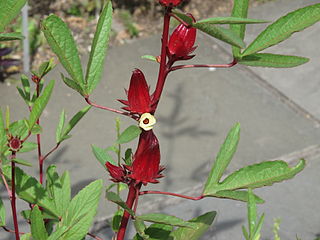
Roselle is a species of flowering plant in the genus Hibiscus that is native to Africa, most likely West Africa. In the 16th and early 17th centuries it was spread to Asia and the West Indies, where it has since become naturalized in many places. The stems are used for the production of bast fibre and the dried cranberry-tasting calyces are commonly steeped to make a popular infusion known by many names, including carcade.

The Hibiscus Coast is a populated area on a stretch of the Hauraki Gulf coast in New Zealand's Auckland Region. It has a population of 63,400, making it the 10th most populous urban area in New Zealand, and the second most populous in the Auckland Region, behind Auckland itself.
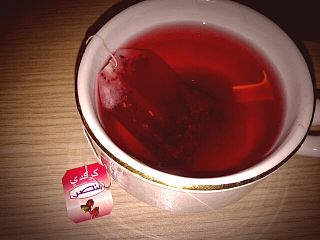
Hibiscus tea is a herbal tea made as an infusion from crimson or deep magenta-colored calyces (sepals) of the roselle flower. It is consumed both hot and cold. It has a tart, cranberry-like flavor.
Reed Publishing (NZ) Ltd was one of the leading publishers in New Zealand. It was founded by Alfred Hamish Reed and his wife Isabel in 1907. Reed's nephew Alexander Wyclif Reed joined the firm in 1925. It was a New Zealand literature specialist and general titles publisher, releasing over 100 titles a year including a number of significant New Zealand authors such as Barry Crump, Janet Frame and Witi Ihimaera.
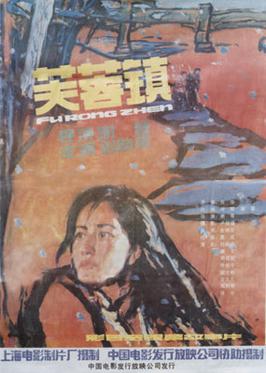
Hibiscus Town is a 1986 Chinese film directed by Xie Jin, based on a novel by the same name written by Gu Hua. The film, a melodrama, follows the life and travails of a young woman who lives through the turmoil of the Cultural Revolution and as such is an example of the "scar drama" genre that emerged in the 1980s and 1990s that detailed life during that period. The film was produced by the Shanghai Film Studio.

Hibiscus Coast A.F.C is an amateur football club based in Stanmore Bay on the Whangaparaoa Peninsula, New Zealand. The club was founded in 1974, and its home ground is located at Stanmore Bay Park, Whangaparaoa.
Lyndley Alan Craven was a botanist who became the Principal Research Scientist of the Australian National Herbarium.
Udea chytropa is a moth of the family Crambidae. It is endemic to the Hawaiian islands of Kauai and Oahu.

Hodebertia is a genus of micro-moth of the family Crambidae. It contains only one species, Hodebertia testalis, and is found in the tropics, but ranges north to parts of Europe on occasion.

Filodes costivitralis, the window pearl, is a moth of the family Crambidae. It is found in Réunion, Madagascar, Mauritius, and central, southern and eastern Africa.

Hibiscus was a London restaurant which was owned and run by French chef Claude Bosi. It was opened in 2000 in Ludlow, Shropshire, and won its first Michelin star within a year, and a second in the 2004 Guide. In July 2006, Bosi and his wife Claire announced that they were to sell the location in Ludlow and move closer to London. The property was sold to Alan Murchison, and Bosi purchased a new site on Maddox Street in London. The restaurant closed in 2016.
Miss Fiji is a national Beauty pageant in Fiji.

HMS Hibiscus was a Flower-class corvette, built for the Royal Navy during the Second World War, and was in service in the Battle of the Atlantic. In 1942 she was transferred to the United States Navy as part of the Reverse Lend-Lease arrangement and renamed USS Spry, one of the Temptress-class gunboats. With the end of hostilities she was returned to the Royal Navy and sold into mercantile service.













